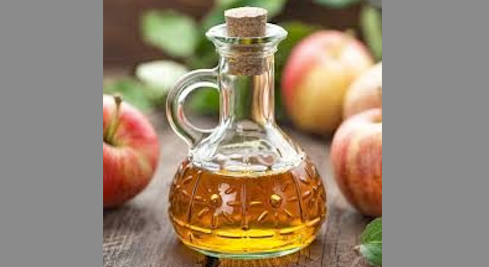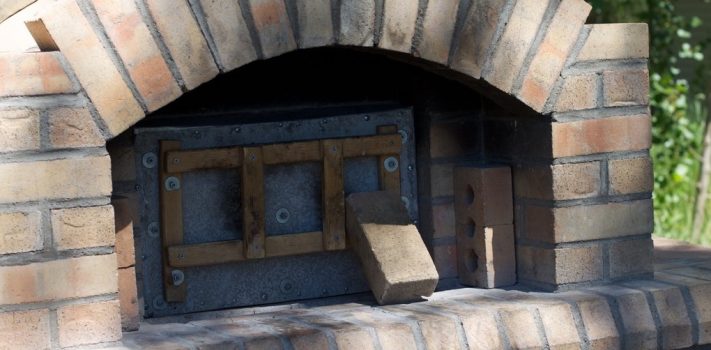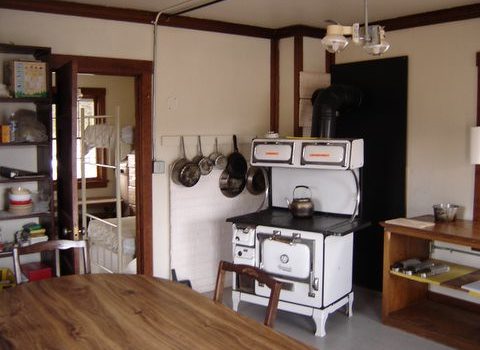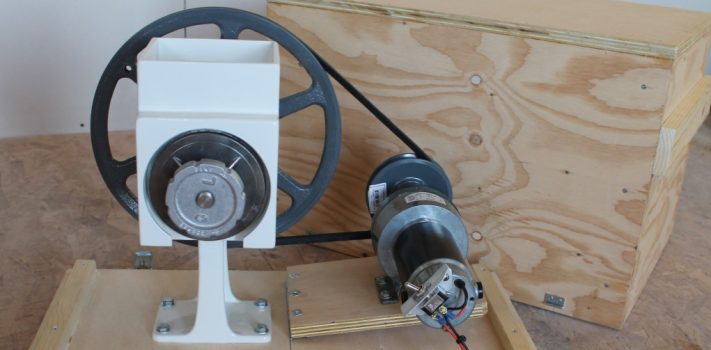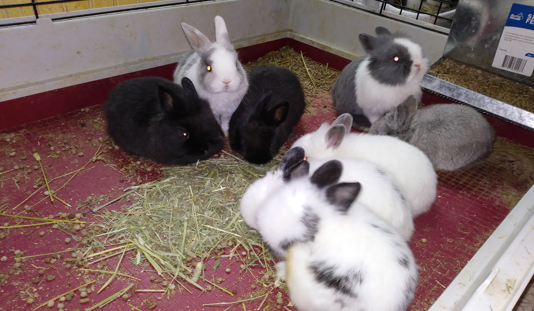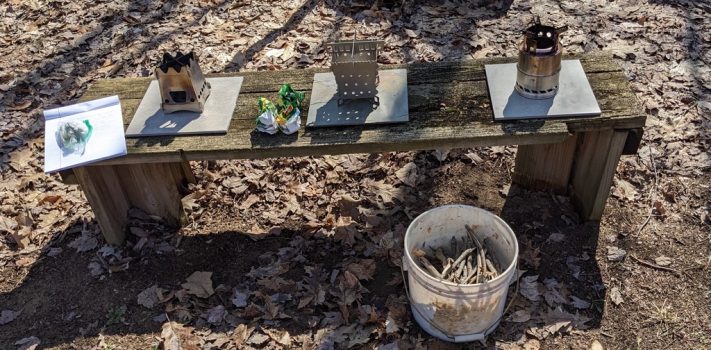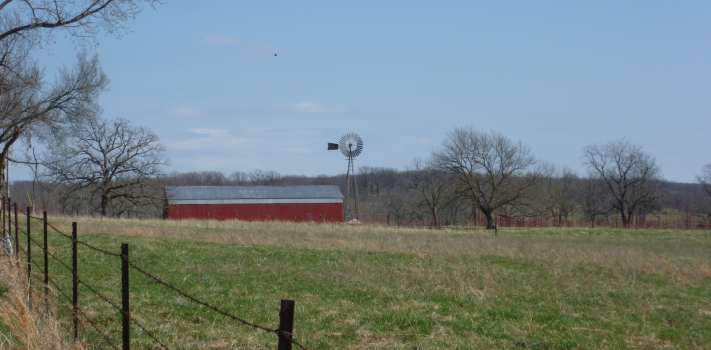LogOX A2 GenOX Bushcraft Knife, by Thomas Christianson
The LogOX A2 GenOX Bushcraft Knife is a razor sharp, 4.25 inch, full-tang, fixed-blade, Scandi-grind knife made of A2 steel with a Micarta handle. At the time of this writing, it cost $287 at www.thelogox.com. The price includes the knife, a finely crafted leather sheath, and a matching ferrocerium rod. This compares favorably with other high-quality, hand-crafted, American-made knives. The knife and accessories provide a beautiful, well-crafted, highly-durable tool set for wood harvesting, hunting, camping, survival and other field use. The Backstory I like LogOX products for wood harvesting. My favorite LogOX product is their Hauler. A pair of Haulers, …




